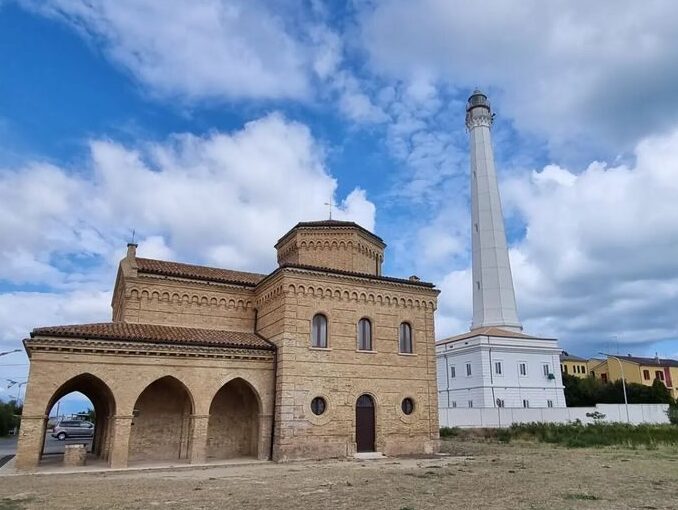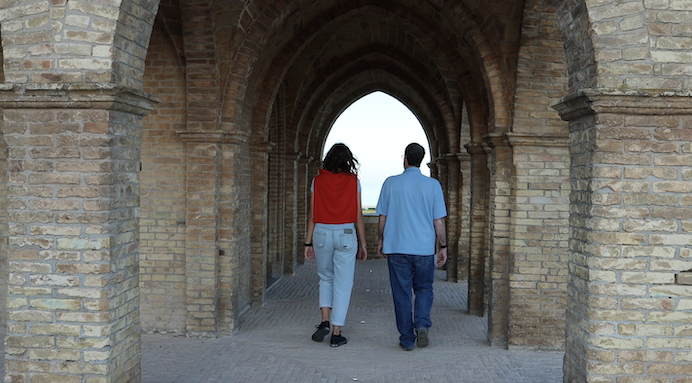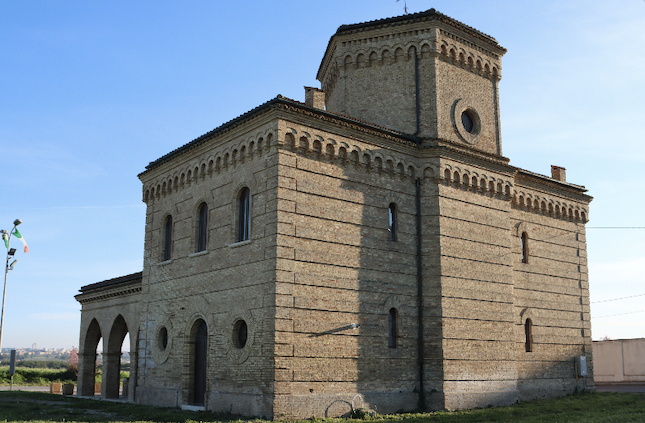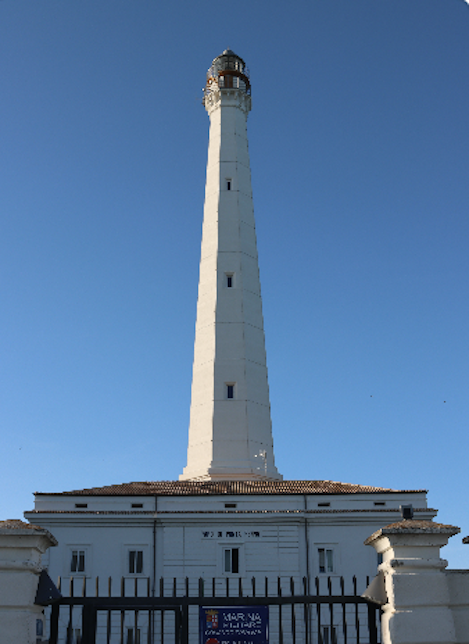Punta Penna

Punta Penna, the magical place where reality and myth merge
The second tallest lighthouse in Italy, after the Lanterna di Genova, is the Punta Penna Lighthouse, located about 8 kilometers from the center of Vasto, guarding the harbor. The current lighthouse, destroyed during World War II, is a replica of the original one completed in 1912.
The Punta Penna promontory, standing approximately 15 meters above sea level, has always been a navigational landmark and a site of successive settlements throughout history. The Roman remains that have been discovered testify to a settlement about which we unfortunately know very little. Some believe that this was the site of the city of Buca, which appears on ancient maps but subsequently disappeared from records.
Others, on the other hand, tell stories of how the promontory used to extend further into the sea, and about three kilometers from the current coast stood the city of Aspra. It seems that there is indeed something on the seabed at that distance, but no excavation campaign has ever been conducted on this sort of Adriatic Atlantis.
What is certain is that already in the early Middle Ages, a village named Pennaluce arose on this promontory, built on the Roman foundations. Its existence is recorded from 1006, and it is known that the small village had some commercial importance during the Angevin period, thanks to the natural harbor formed by the bay between Punta della Penna and Punta della Lotta (where the current artificial port is also located).
Unfortunately, Pennaluce was weakened by the consequences of several earthquakes and was definitively destroyed and depopulated in the early 15th century by an attack from the Venetians. In 1417, Joanna II of Anjou, Queen of Naples, granted the city of Vasto possession of the now uninhabited hamlet.
The site remained only a place of devotion, particularly dear to Marquis Don Diego I d’Avalos, who, in the late 17th century, decided to build himself a hunting lodge in the nearby valley of the Lebba stream. In 1689, he had the church rebuilt in a Greek cross plan. The temple was later restored in the mid-19th century, acquiring its current Neo-Romanesque forms.
In the 1980s, remains of Bronze Age settlements (1000 BC) and traces of a Roman temple were discovered beneath the apse area, bearing witness to the significance this site has always held for the local populations. Today, the church of Madonna della Penna is situated in a completely different context, as it stands at the entrance of a small port neighborhood from the 1950s. However, it still retains its unchanged charm bestowed by its position perched on the sea, the imposing lighthouse behind it, and the view that stretches from the coast of Vasto to the Gargano region.




